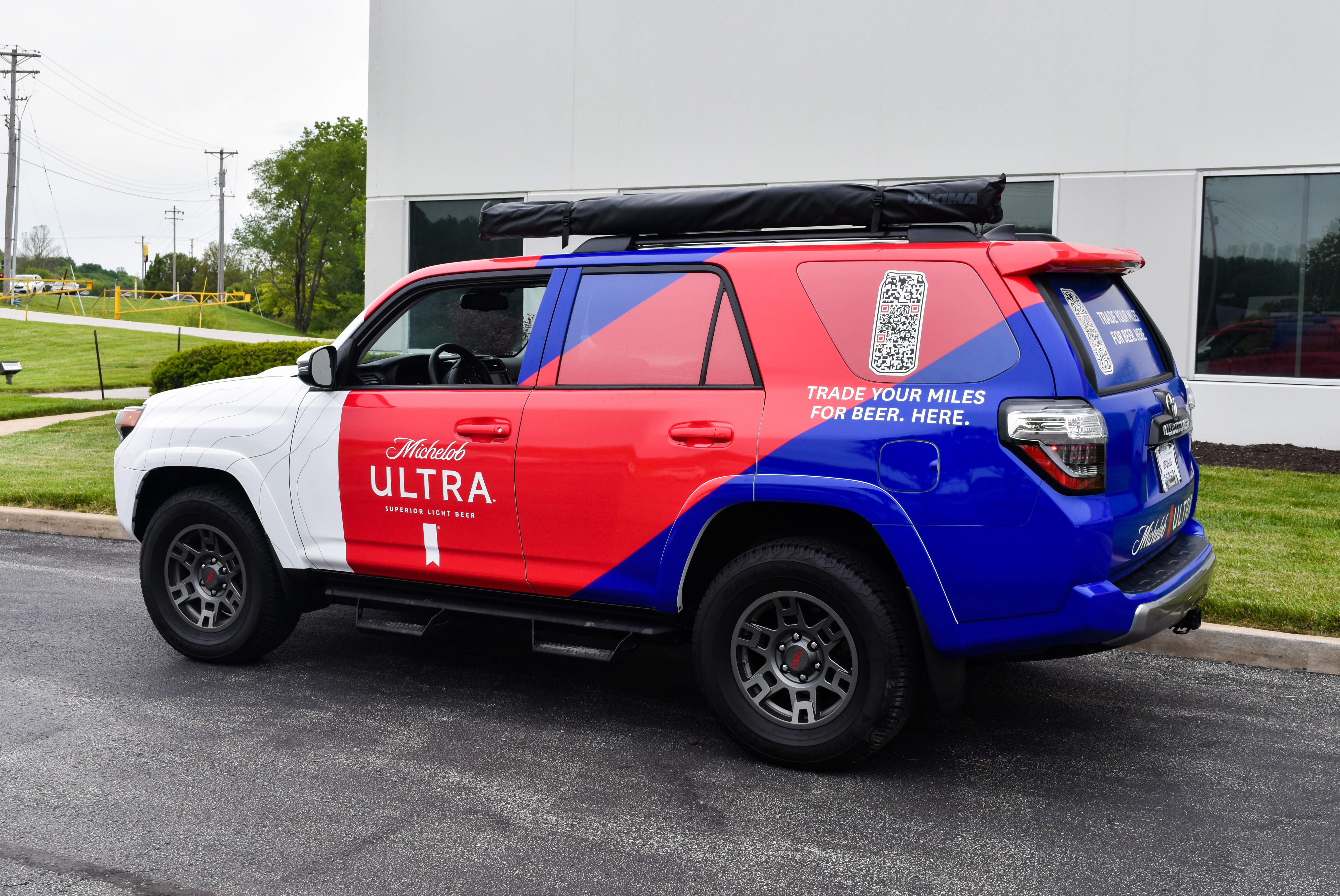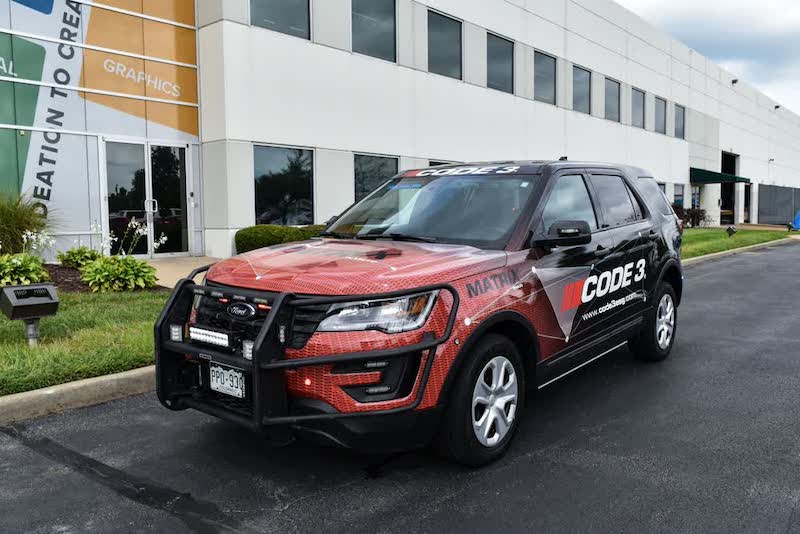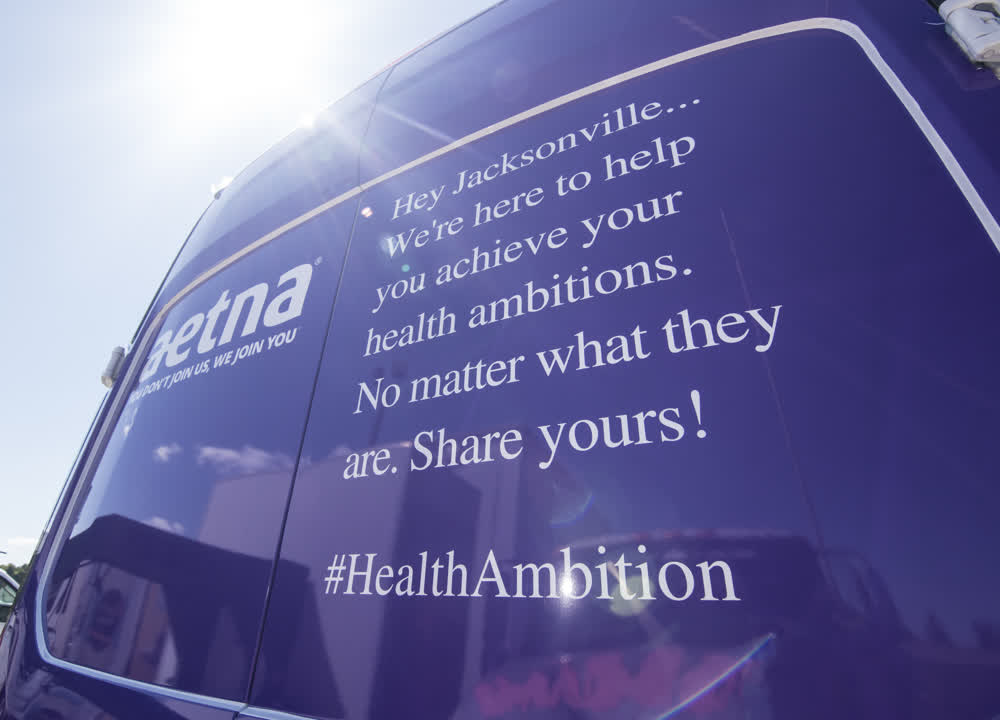How Do I Get My Car Ready for Vinyl Wrapping?
So you’ve decided to have your car custom vinyl wrapped, or to invest in fleet wraps, and can’t wait to get it done? Whether you’re going with...

.jpeg?width=708&name=YMCA%20Truck%20Graphics%20Wrap%20(crop).jpeg)
Ever since the invention of the automobile, businesses have recognized the marketing potential they provide. From Coca-Cola’s annual Christmas Caravans, to the Oscar Meyer Weiner Mobile, and the recent Mars Truck Size Candy Bar, custom promotional vehicles are seen and easily recognized everywhere you go.
Utilizing vinyl car and commercial fleet wrap is a cost-effective way of turning your company’s vehicles into mobile advertising billboards. Car wraps can reach a very wide audience, and with advancements in technology, wraps are now printed and produced with strikingly high-quality graphics and imagery.
But how much do you know about car wraps and how they came about? Let’s take a drive back to the beginning.
Plasticized polyvinyl chloride, the substance we commonly call vinyl and that is used to make car wraps and many other products, was actually accidentally invented. In 1926 Waldo Semon was working for the BF Goodrich Company and trying to create a substance that would bond metal to rubber. Instead, to his surprise, he discovered a flexible material that was both chemically and electrically inert.
Once Semon had his new invention patented as recorded by the U.S. Patent and Trademark Office he began right away to make things out of it. His first projects were shoe heels and golf balls. It would be surprising if Semon guessed then what huge opportunities vinyl would go on to provide for the advertising industry.
There were a few obvious early adopters of vinyl adhesive graphics for vehicles. Automobile racers used vinyl to attach numbers and markings to their cars to distinguish them from others on the tracks. Government and military agencies, such as the U.S. Air Force, created custom vinyl graphics to dress up airplanes.
By the 1980s vinyl production and die-cut technology costs finally reached a point of being affordable to smaller businesses. Before, the only way to add branding to a company’s cars and trucks was by using paint. The increased accessibility of commercial vinyl decals made mobile vehicle marketing much more flexible. By the 1990s, die-cut vinyl was the industry’s go-to for adorning company cars with lettering, logos, and branding colors.
In the 1990s, the ability to print onto vinyl using wide format printers became possible but was still highly expensive and only available to large companies and government contracts. The technology was also very limited in color, image quality, and design.
As technology in printing, computers, and design software all greatly advanced, the vinyl car wraps we see on countless vehicles today finally became a possibility. With vinyl car wrapping, a vehicle’s body including larger fleet trailers can be either totally or partially covered in a graphic printed vinyl film.
While a vinyl car wrap can completely change the color and look of a vehicle, it can also be very helpful in protecting your car’s original paint job. You must make sure that the paint on your vehicle is touched up and very clean before wrapping. If you do, when the time comes to remove the wrap and change up the look of your car or truck yet again, the coat of paint underneath can still be in excellent condition. Investing in a custom commercial wrap can work for your company, providing easy advertising as well as helping you save money on vehicle body maintenance.
Nearly every American today has been reached by commercial fleet graphics advertising. This form of mobile marketing is a sure way to increase brand recognition. Whether your vehicles are parked or in motion, everyone in the area is sure to pay attention to a boldly designed branded vinyl wrap. Customized vehicles using vehicle branding solutions will be seen by other drivers on the road, all vehicle passengers, as well as pedestrians wherever your company’s cars and trucks may go.
On top of being a great advertising tool, another great benefit to vinyl wrapping is durability. Car wraps require very little maintenance and have a surprisingly long lifespan. Vinyl is less susceptible to scratches, scrapes, and damage than vehicle paint. When properly installed and washed regularly, a vinyl car wrap can last three to five years.
Bold colors on a vinyl wrap do have the possibility of fading in direct sunlight, so as well as keeping your wrapped vehicles clean, they should also be stored in the shade during summer to guarantee their wraps last as long as you need them.
If you find the need to switch things up, for example, if there is a change in company branding or a significant marketing campaign your team wishes to highlight, changing the appearance of a vinyl vehicle wrap is much easier than painting your whole fleet. Changing a vehicle’s paint color will leave you with a build-up of paint layers that over time degrade and start to chip. Car wrapping will help you avoid these problems.
With vinyl vehicle wrapping, you can quickly and easily make temporary changes to a car or truck’s color, texture, and printed graphic design.Your company’s fleet can look totally unique, just like our mobile medical vehicles, and the affordability of vinyl over a full paint spray will allow you to switch things up every few years or even months.

So you’ve decided to have your car custom vinyl wrapped, or to invest in fleet wraps, and can’t wait to get it done? Whether you’re going with...

Wrapped vehicles often seem like mythical creatures, appearing on the road just long enough to get a good look at a fun design or message during an...

You don’t have to worry about harsh weather conditions damaging your digital banner ads and email newsletters. As digital media, they are impervious...